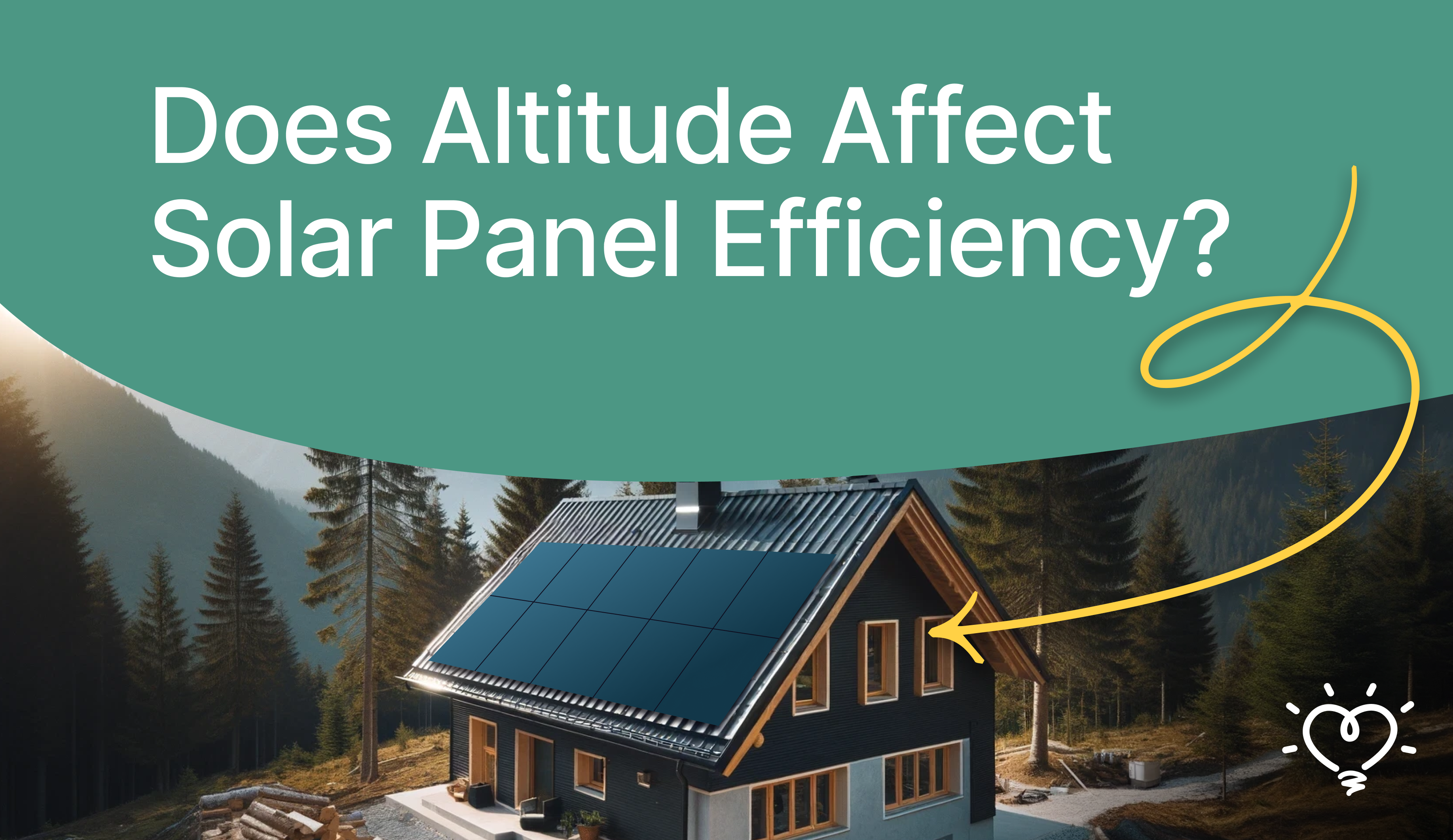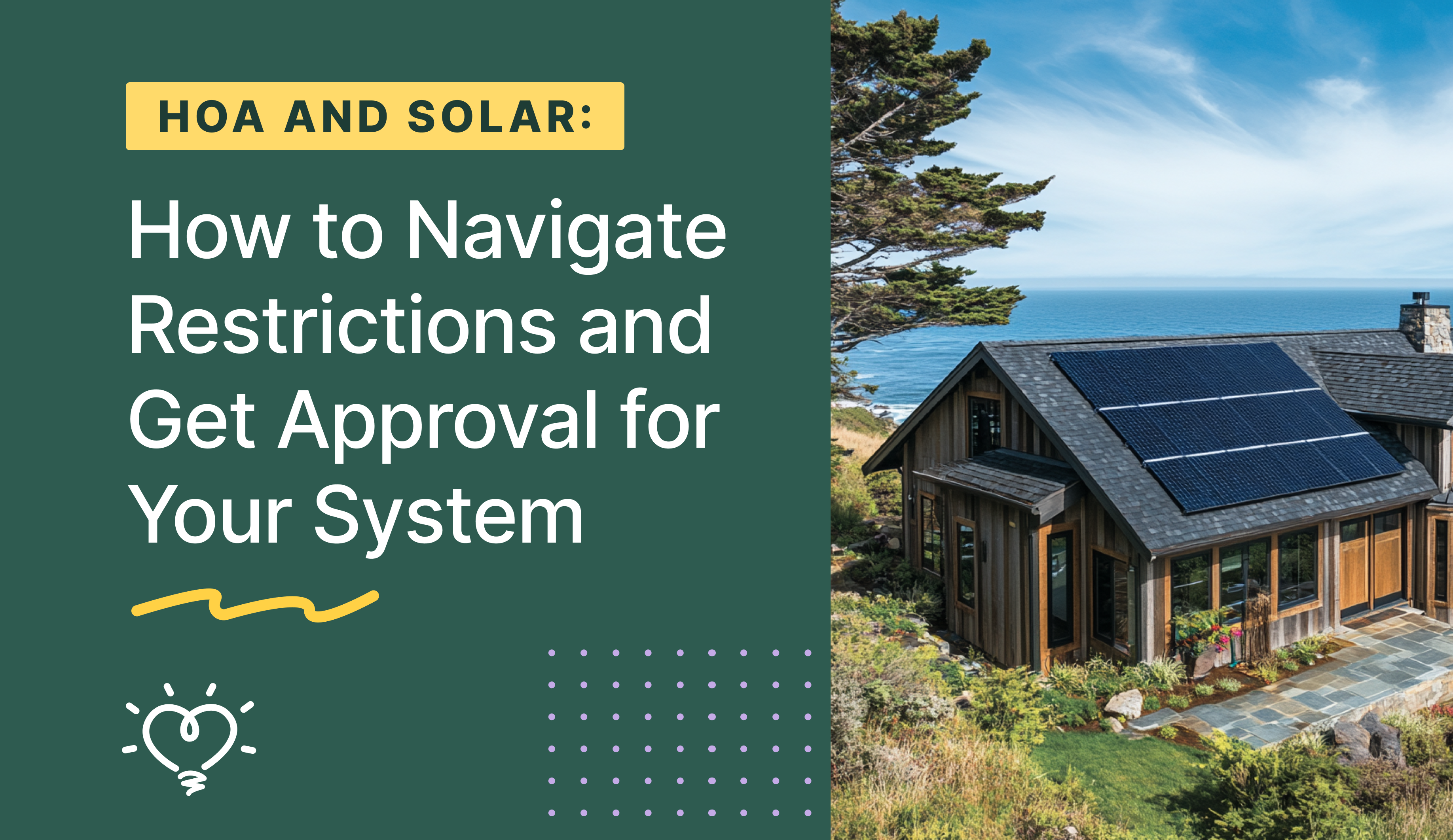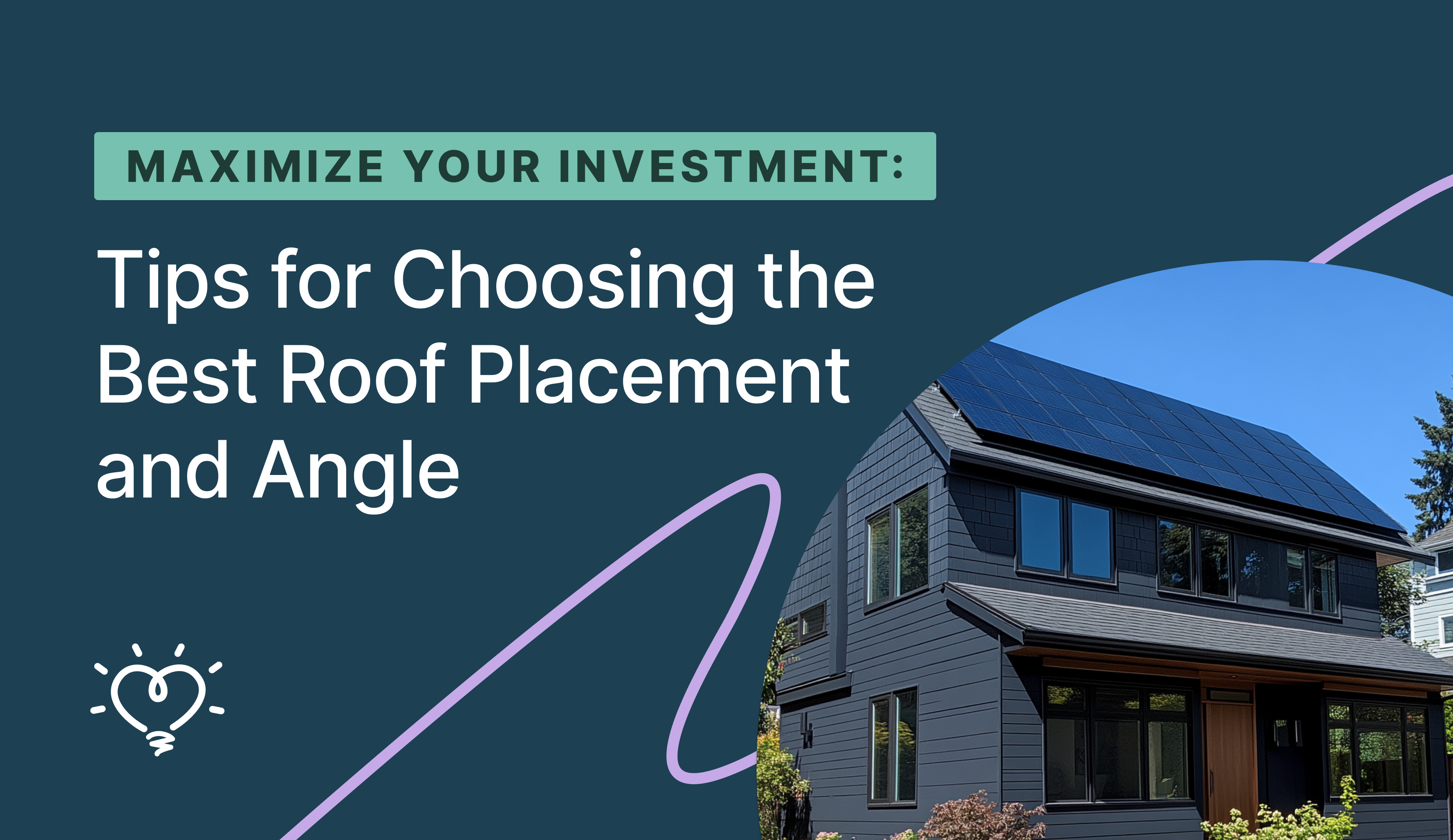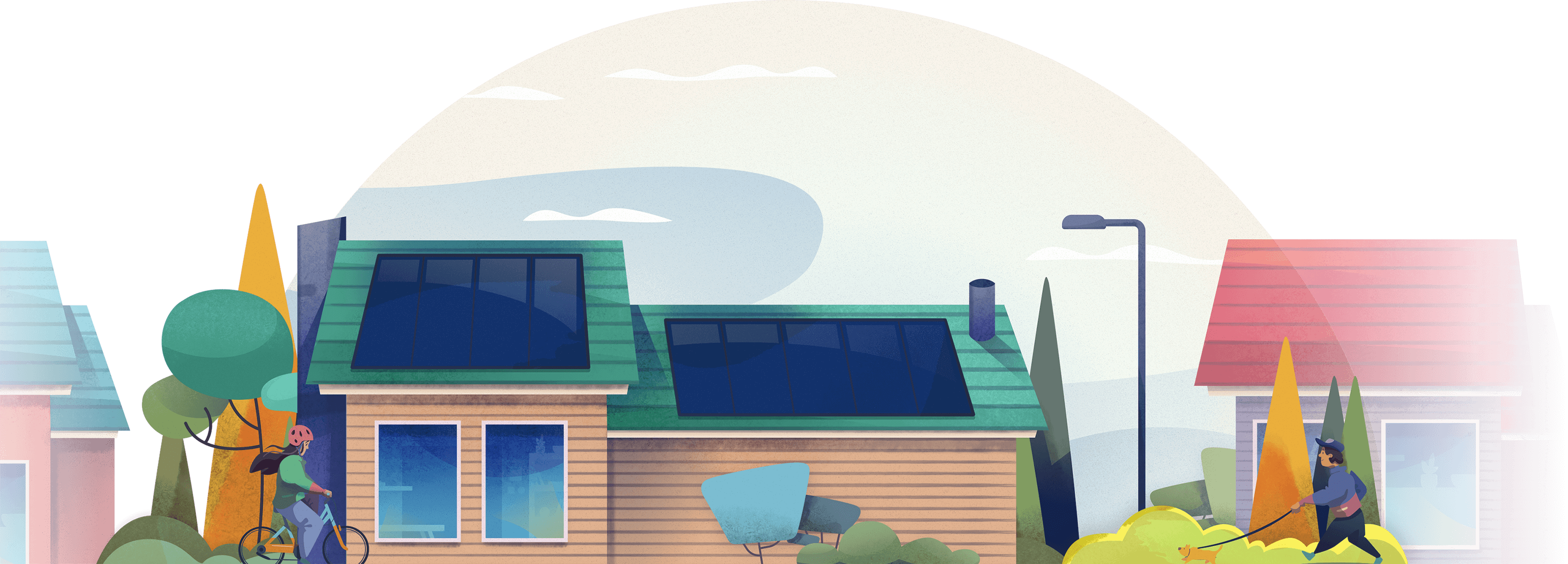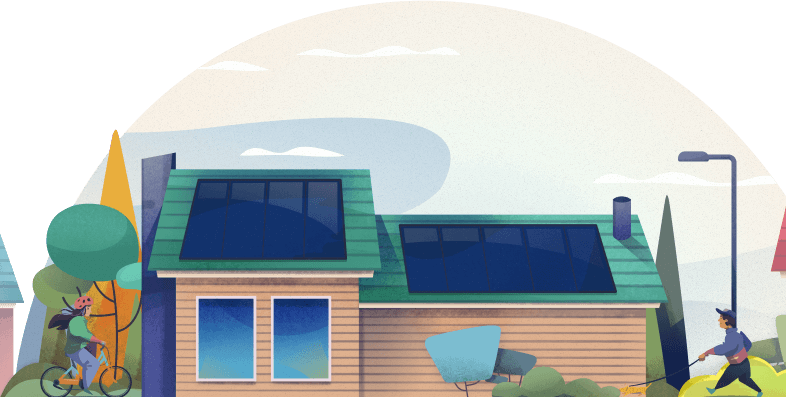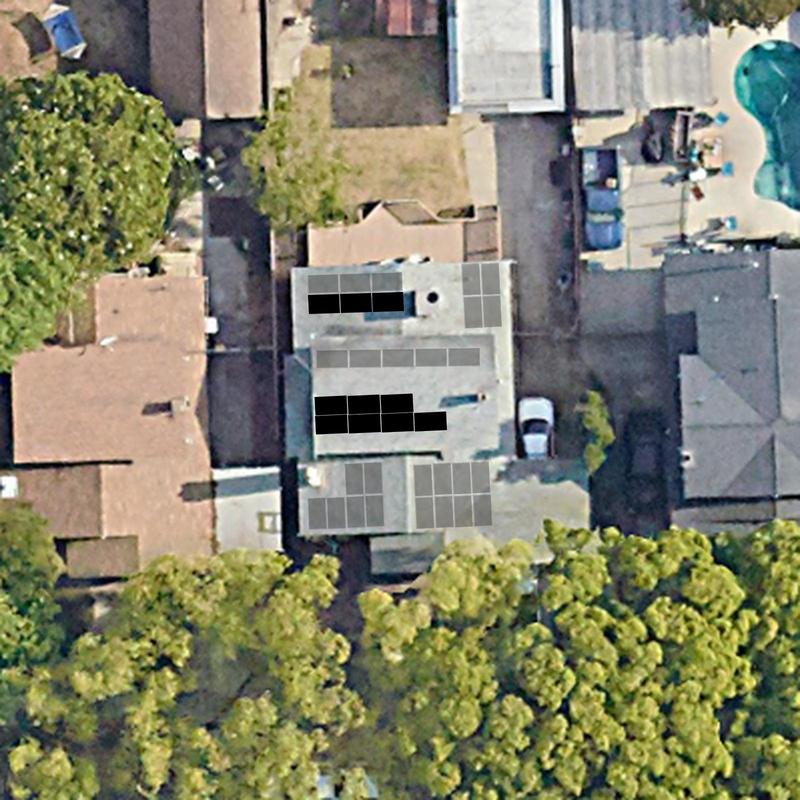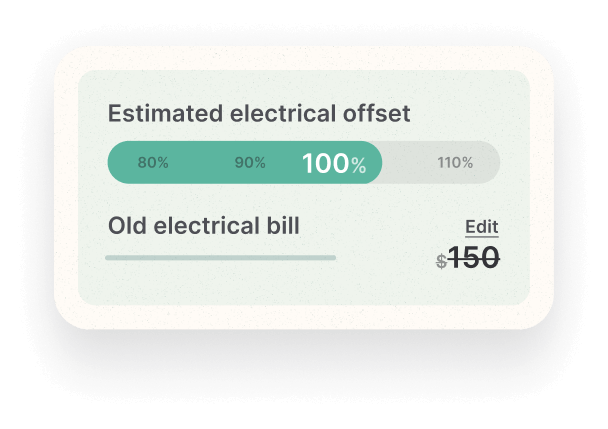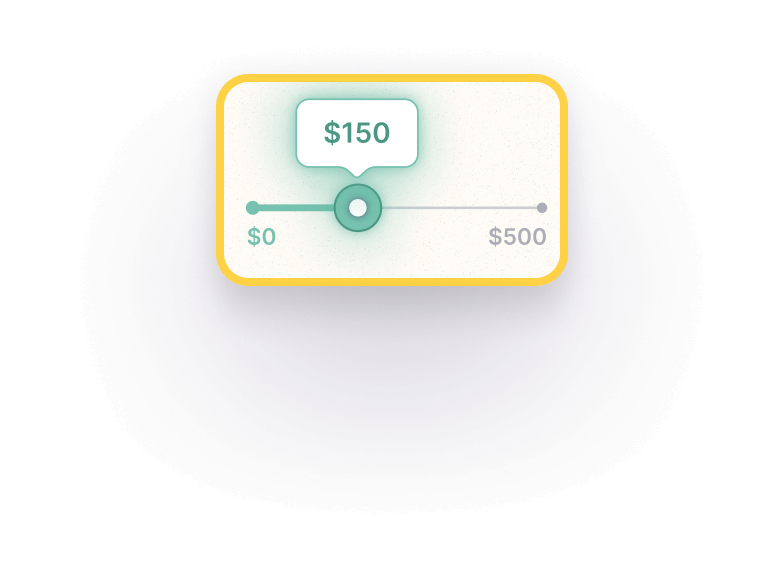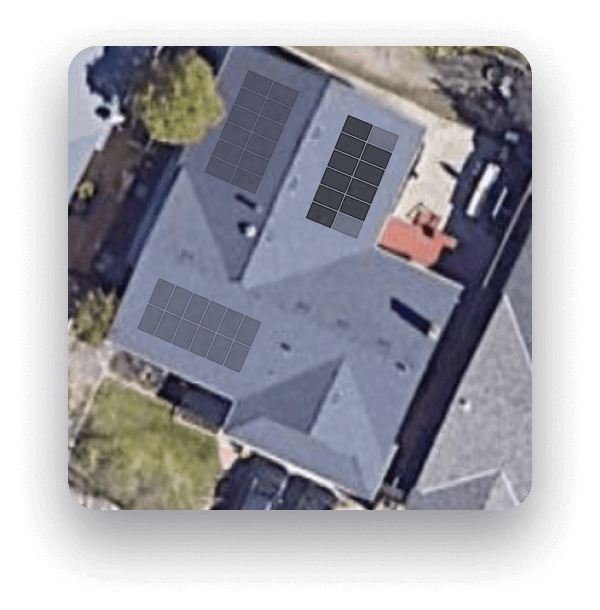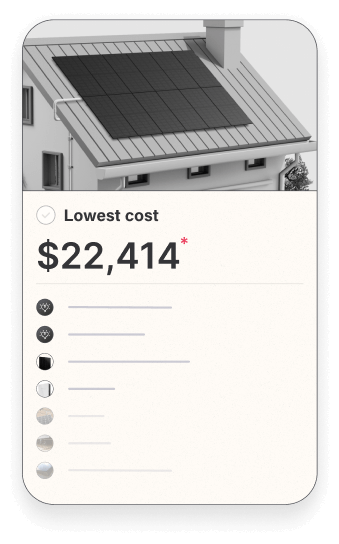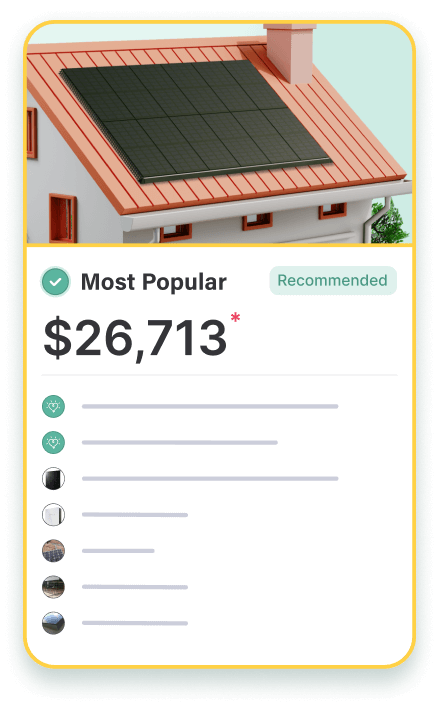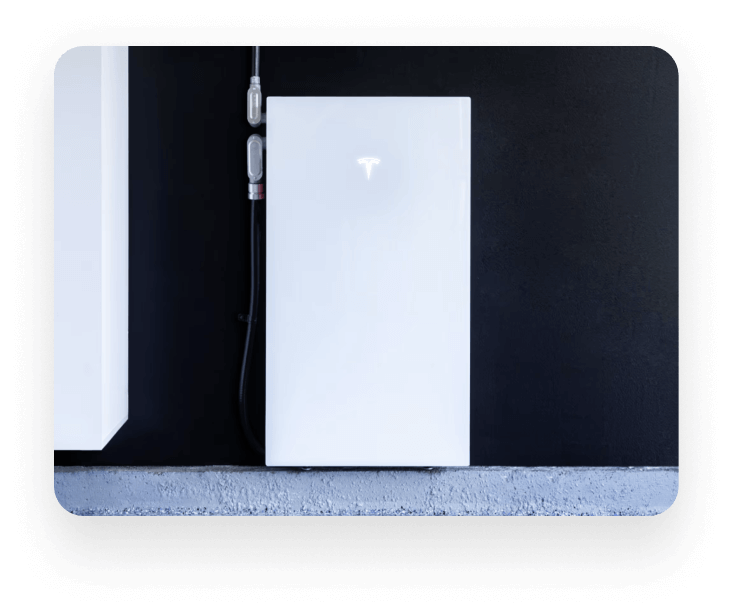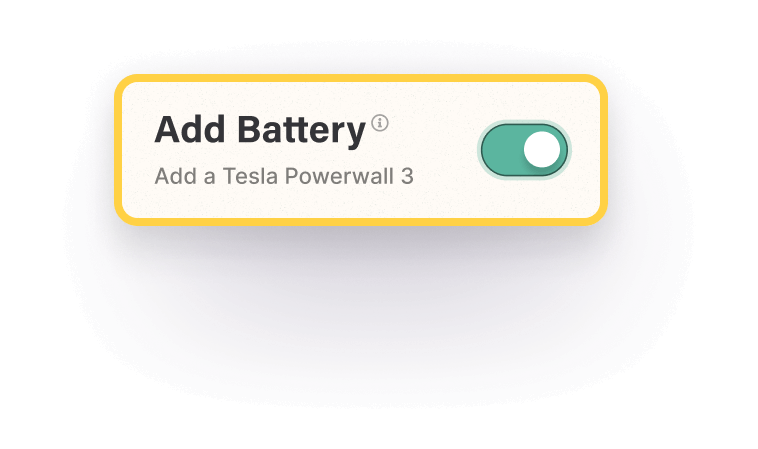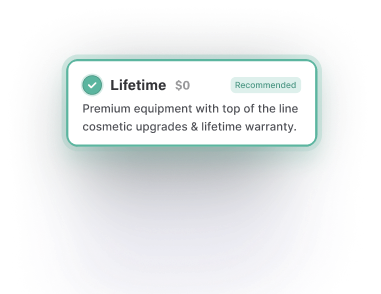Solar panels at higher altitudes receive more direct solar radiation and therefore more power output.
As we cover in our weather guide to solar, that solar panels are efficient in just about all weather conditions. Weather does play a role in how efficient a system is, but not as much as one might think.
Remember, solar panels are built for long-term use. Similar to suitcase testing, solar panels go through rigorous rounds of testing to make sure that they’re as durable as designed.
During these tests, they’re met with all types of weather conditions–rain, hail, sleet, snow, you name it–as well as other obstacles they could come in contact with such as baseballs and fallen tree branches.
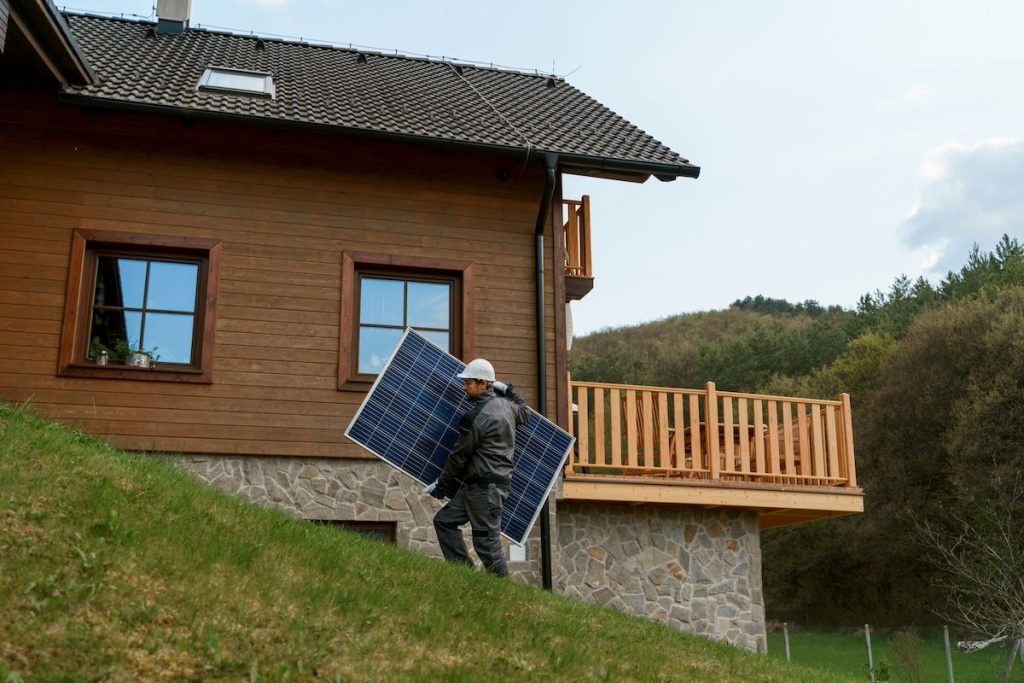
The link between altitude and solar panel efficiency
When it comes to generating power from the sun, what matters most is the amount of sunlight your panels receive per day, more so than the air temperature. In fact, days that reach up to 95℉ aren’t all that great for efficiency.
As it turns out, altitude does play a role in solar panel efficiency. Studies show that panels that are at higher altitudes can be more efficient than those at the ground level simply because they are receiving more direct solar radiation. Higher altitude increases production due to there being less atmosphere for the solar radiation to pass through.
In short, the more solar radiation the panels have, the more power output. Plus, at higher altitudes there are fewer clouds and air molecules to ‘compete with’ for direct solar radiation.
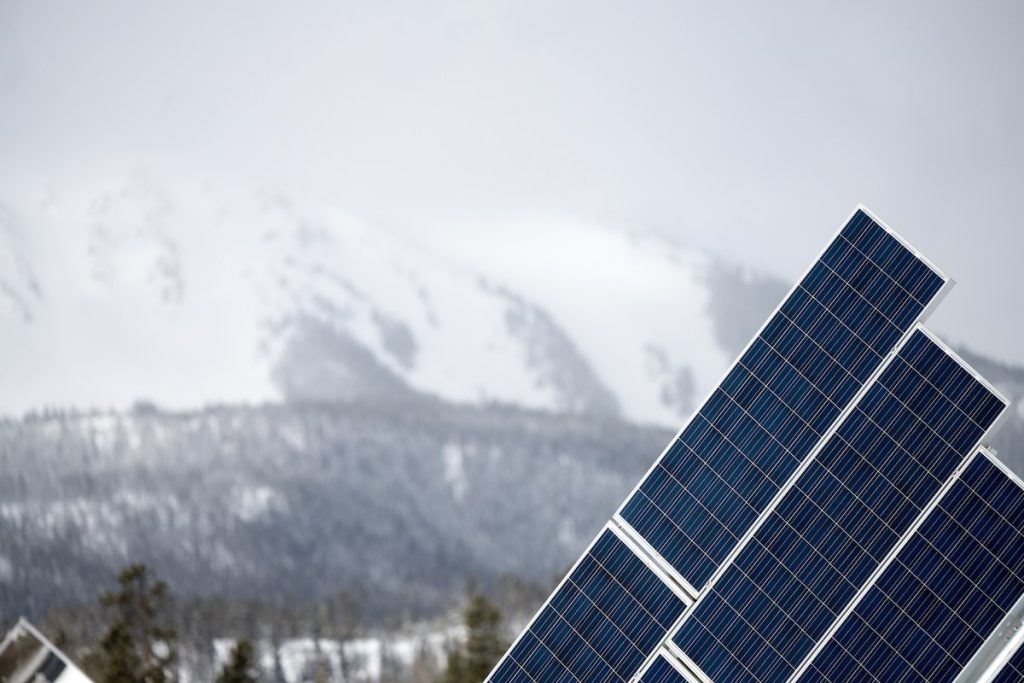
Other factors connected to solar efficiency
Aside from altitude, roof pitch, navigational direction, and solar panel type can contribute to greater output.
1. A roof’s azimuth and pitch
As a recap, azimuth is the navigational direction that solar panels face. For example, a roof in the northern hemisphere that faces south will get the most sun and therefore will be the most efficient. More specifically, an azimuth angle of 180-degrees is optimal because it forms that perpendicular angle (the angle at which they are most productive) and is oriented directly true South.
The pitch of a roof refers to the angle of a roof. Think of it as a slope or slant. A roof pitch between 15 and 40 degrees will keep solar panels in the sun longer compared with other setups.
2. The quality of your equipment
Homeowners who go solar with Monalee will have LONGi 400w solar panels installed on their homes. LONGi panels feature advanced cell technology, high performing modules, and are able to withstand high snow and wind conditions.
3. Existing or potential roof obstacles
When assessing whether or not solar is right for you, consider any and all roof obstacles that might cause gaps in your system’s energy production. Roof obstacles are physical elements placed on the roof–chimneys and roof vents to name a few–that prevent the installation of a solar panel. Even something as small as a leaf covering part of a panel can negatively impact solar power output.
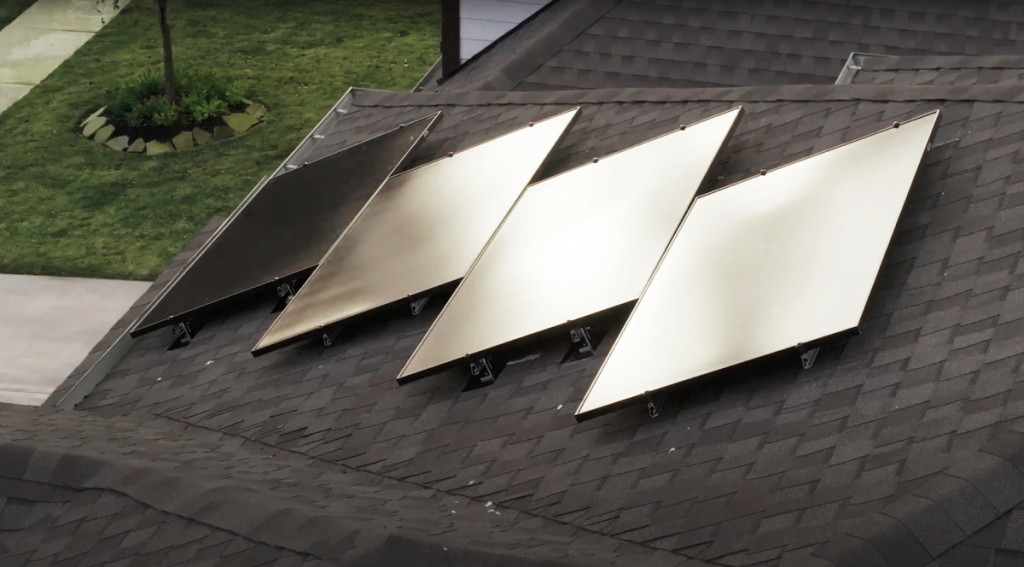
Thinking of going solar? Now is the perfect time!
Monalee is waiving the security despot ($100 value) on new solar projects. Plus, solar is a great way to cut energy costs this season.
